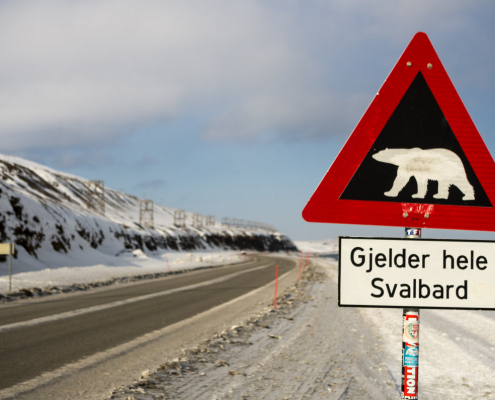
When scientists head into the polar bear’s realm
Polar bears are not stressed by a vessel lying at rest. They…
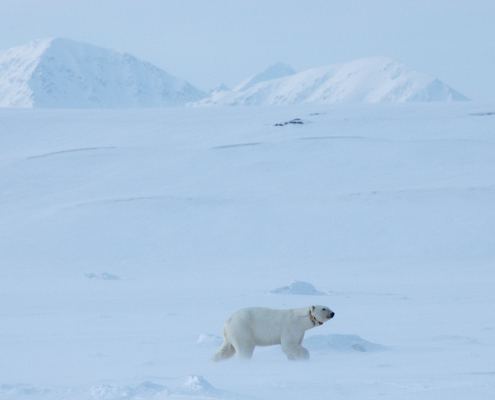
We follow the polar bear step-by-step
At the end of the 19th century, a more intensive winter hunt…
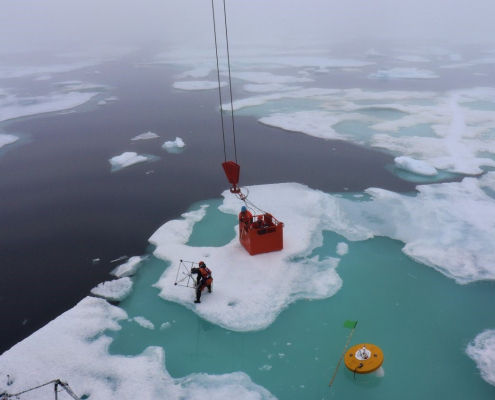
Two months in the drift ice
The beginning of their journey was no easy task, in these…
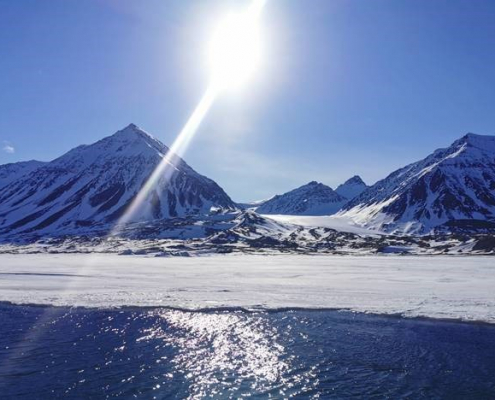
Spring is in the air! (or at least in the water)
By Allison Bailey, Ane Cecilie Kvernvik, Philipp Assmy, Anette…
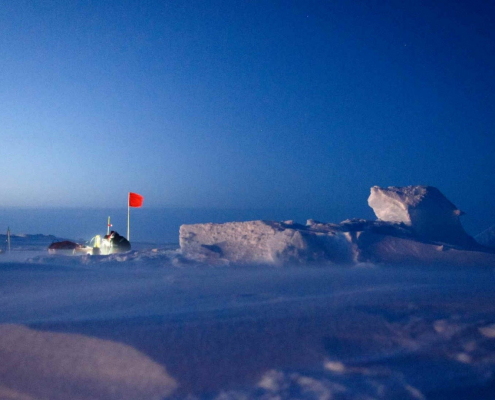
Work ongoing on the largest Arctic expedition or Life in the dark and cold or What’s going on at the North Pole?
MOSAiC is based on the German research icebreaker Polarstern,…
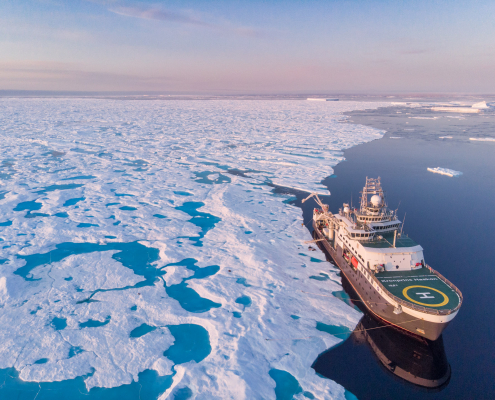
The East Greenland Current: a conveyor of Arctic climate change
We recovered 6 of our moorings with instruments full of new…
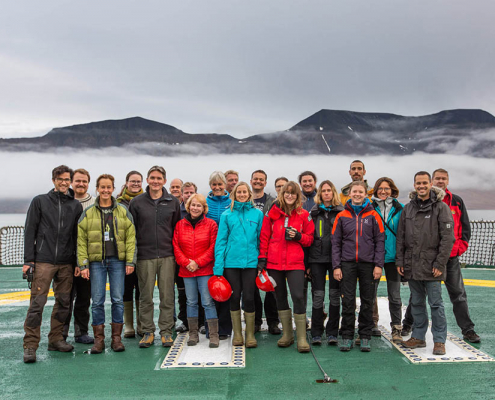
The hunt for climate answers in Fram Strait
At this time of the year, the sea ice in the Arctic Ocean is…
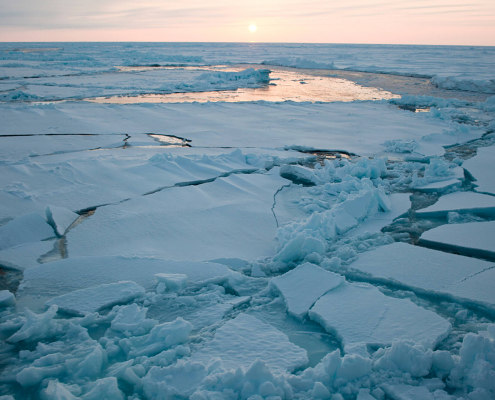
Climate change in the Arctic
The Arctic is warming three times as fast and the global average. This is mainly because melting of snow and ice exposes a darker surface and increases the amount of solar energy absorbed in these areas (albedo effect). This significant regional warming leads to continued loss of sea ice, melting of glaciers and of the Greenland ice cap.
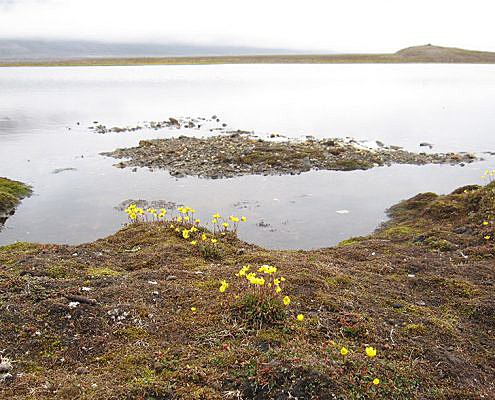
Arctic ecosystems in fresh water
The lake ecosystems in Svalbard are largely characterised by low precipitation, thick, clear ice (1.5–2 m), a brief ice-free period (1–2 months), relatively low water temperatures in summer (up to 6–7°C), low nutrient input, low primary production, low biodiversity, with Arctic char as the only fish species.
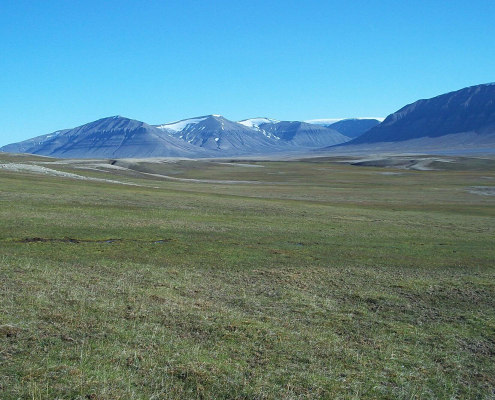 https://www.npolar.no/wp-content/uploads/2018/10/148_Maite_Cerezo_Svalbard_2k.jpg
1332
2000
Massimo Di Loreto
https://www.npolar.no/wp-content/uploads/2022/06/NP-logo-engelsk-skjerm.png
Massimo Di Loreto2018-10-11 11:11:462023-01-24 13:17:55Vegetation in Svalbard
https://www.npolar.no/wp-content/uploads/2018/10/148_Maite_Cerezo_Svalbard_2k.jpg
1332
2000
Massimo Di Loreto
https://www.npolar.no/wp-content/uploads/2022/06/NP-logo-engelsk-skjerm.png
Massimo Di Loreto2018-10-11 11:11:462023-01-24 13:17:55Vegetation in Svalbard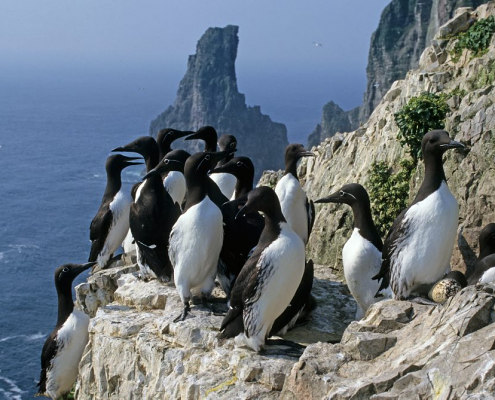 https://www.npolar.no/wp-content/uploads/2022/06/NP-logo-engelsk-skjerm.png
0
0
Janne Schreuder
https://www.npolar.no/wp-content/uploads/2022/06/NP-logo-engelsk-skjerm.png
Janne Schreuder2018-10-11 10:32:562023-09-06 12:26:24Fauna in Svalbard
https://www.npolar.no/wp-content/uploads/2022/06/NP-logo-engelsk-skjerm.png
0
0
Janne Schreuder
https://www.npolar.no/wp-content/uploads/2022/06/NP-logo-engelsk-skjerm.png
Janne Schreuder2018-10-11 10:32:562023-09-06 12:26:24Fauna in Svalbard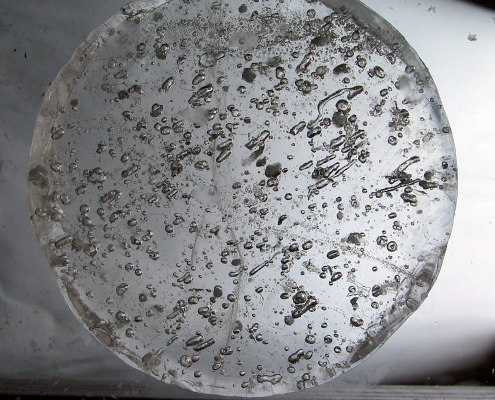 https://www.npolar.no/wp-content/uploads/2018/10/NP019432_2k.jpg
1539
2000
Massimo Di Loreto
https://www.npolar.no/wp-content/uploads/2022/06/NP-logo-engelsk-skjerm.png
Massimo Di Loreto2018-10-11 10:15:442023-09-06 11:12:56Pollutants in Antarctica
https://www.npolar.no/wp-content/uploads/2018/10/NP019432_2k.jpg
1539
2000
Massimo Di Loreto
https://www.npolar.no/wp-content/uploads/2022/06/NP-logo-engelsk-skjerm.png
Massimo Di Loreto2018-10-11 10:15:442023-09-06 11:12:56Pollutants in Antarctica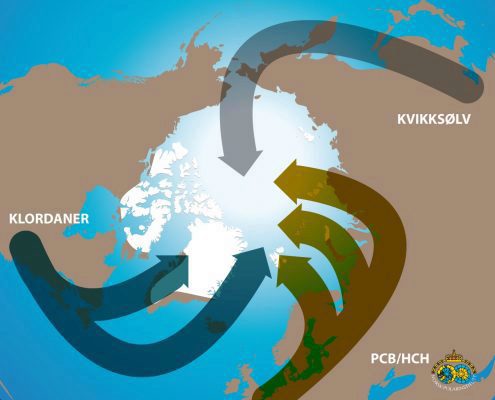 https://www.npolar.no/wp-content/uploads/transport-miljogifter-arktis.jpg
1024
1280
Massimo Di Loreto
https://www.npolar.no/wp-content/uploads/2022/06/NP-logo-engelsk-skjerm.png
Massimo Di Loreto2018-10-11 10:07:322023-01-26 18:24:23Pollutants in the Arctic
https://www.npolar.no/wp-content/uploads/transport-miljogifter-arktis.jpg
1024
1280
Massimo Di Loreto
https://www.npolar.no/wp-content/uploads/2022/06/NP-logo-engelsk-skjerm.png
Massimo Di Loreto2018-10-11 10:07:322023-01-26 18:24:23Pollutants in the Arctic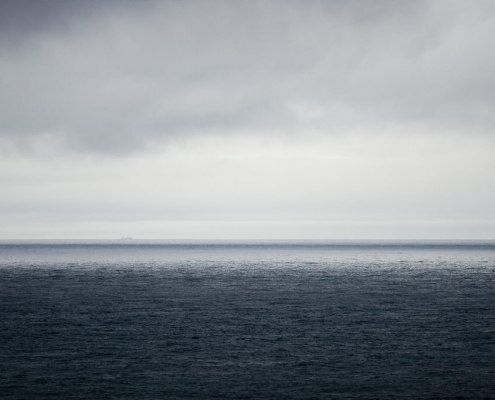 https://www.npolar.no/wp-content/uploads/2018/10/NP019338-hav.jpg
682
1024
Janne Schreuder
https://www.npolar.no/wp-content/uploads/2022/06/NP-logo-engelsk-skjerm.png
Janne Schreuder2018-10-03 10:37:082019-05-16 12:10:26Barents Sea
https://www.npolar.no/wp-content/uploads/2018/10/NP019338-hav.jpg
682
1024
Janne Schreuder
https://www.npolar.no/wp-content/uploads/2022/06/NP-logo-engelsk-skjerm.png
Janne Schreuder2018-10-03 10:37:082019-05-16 12:10:26Barents Sea https://www.npolar.no/wp-content/uploads/2018/10/NP016066-lomvi.jpg
669
1024
Janne Schreuder
https://www.npolar.no/wp-content/uploads/2022/06/NP-logo-engelsk-skjerm.png
Janne Schreuder2018-10-02 11:33:392020-05-25 10:02:15Bjørnøya
https://www.npolar.no/wp-content/uploads/2018/10/NP016066-lomvi.jpg
669
1024
Janne Schreuder
https://www.npolar.no/wp-content/uploads/2022/06/NP-logo-engelsk-skjerm.png
Janne Schreuder2018-10-02 11:33:392020-05-25 10:02:15Bjørnøya